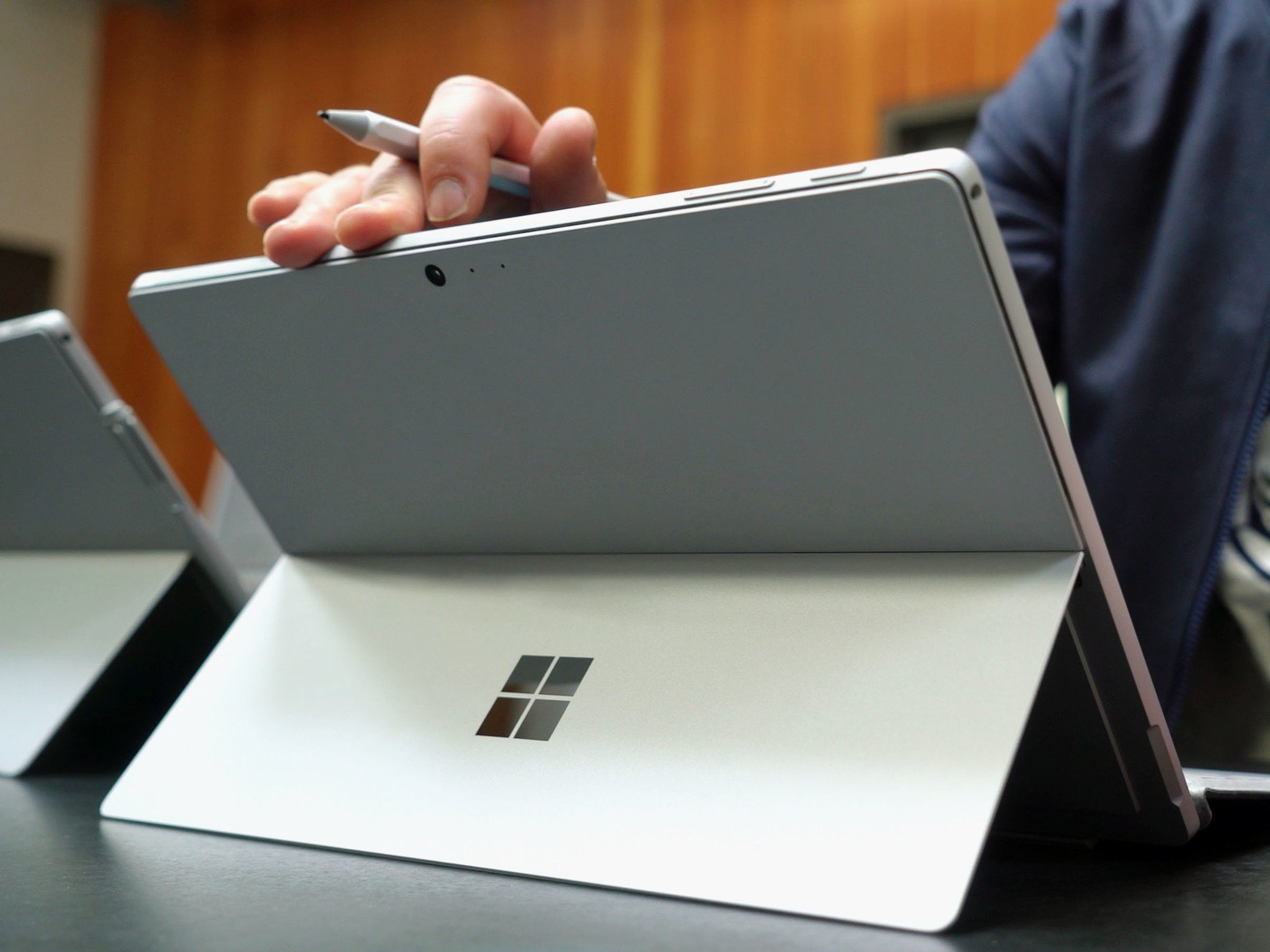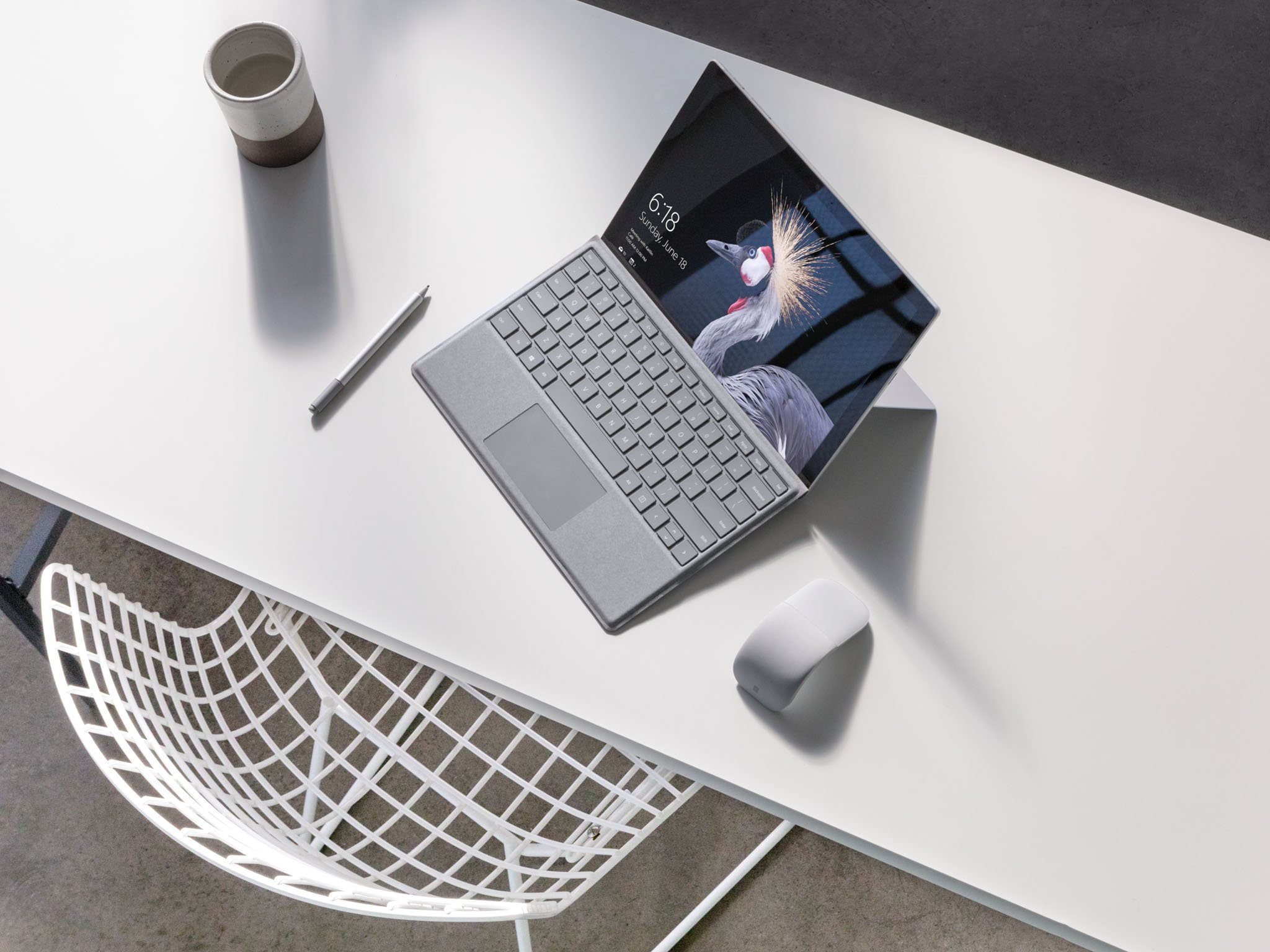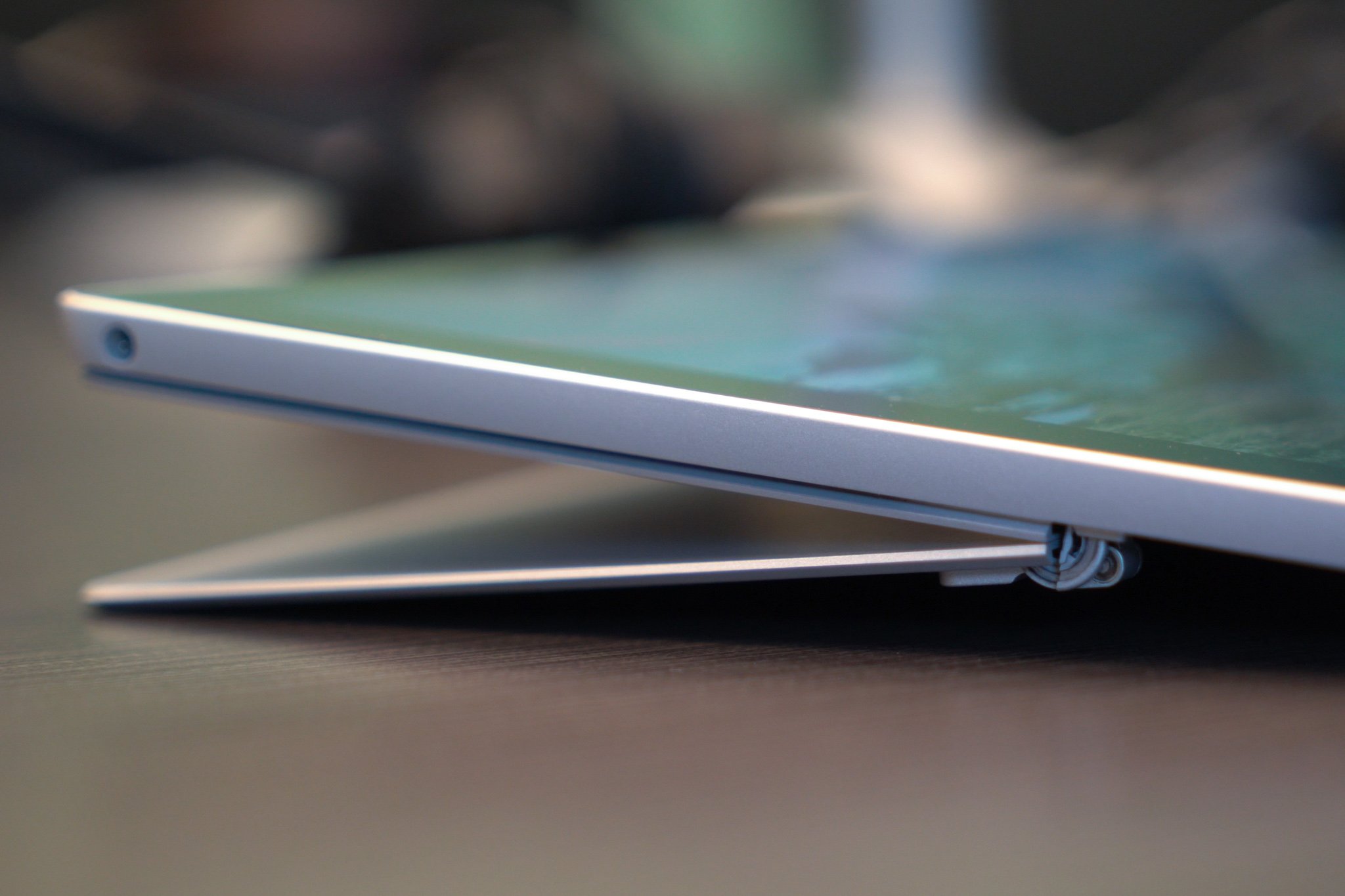Why isn't the new Surface Pro named 'Surface Pro 5?'
There is no "Surface Pro 5," only Surface Pro. Here is why numbers don't mean anything.

Microsoft is dropping the numbering system from the names of the Surface Pro lineup. Instead of an anticipated Surface Pro 5 the company is going for just "Surface Pro" this time around.
We spoke with Microsoft about the shift in nomenclature and why it matters.
Surface Pro reaches maturity
In 2012, Microsoft announced the Surface RT and Surface Pro – its first foray into making its own computers. The company took a lot of heat from partners and the media for the new direction and the actual hardware. Part of that was due to criticism with Windows 8 not resonating with customers, as well as the (in hindsight) disastrous Surface RT.
Through Surface Pro 2, the company continued to face a backlash. Media outlets frequently called for Microsoft to abandon the project altogether. Apple's CEO Tim Cook infamously said: "You can converge a toaster and a refrigerator, but you know those things are not going to probably be pleasing to the user."
Then something happened in 2014: Surface Pro 3. For the first time, the vision of Surface Pro became apparent. Sure, there were still some minor issues with the keyboard and battery life, but it was evident that Microsoft finally figured out the overall formula. It started registering with consumers, too, with Microsoft poised to hit a billion dollars in revenue for the first time.
The Surface Pro went from niche to mainstream.

In 2015, Microsoft announced the Surface Pro 4 – an iterative update to the Pro 3. While early Intel "Skylake" processor bugs nearly sank the launch, by January 2016 the company was back on track. The Surface Pro 4 went on to be a massive hit with more markets and higher public visibility, thanks to deals with the NFL (which initially backfired in a few ways).
Get the Windows Central Newsletter
All the latest news, reviews, and guides for Windows and Xbox diehards.
How the Surface changed Microsoft forever
All of this brings us to the fifth generation of Surface Pro. There are over a half dozen major improvements including optional 4G LTE, but the general look and spirit of Surface Pro remain. And, why shouldn't they? The Surface Pro design is spot-on for a 2 in 1. Microsoft can make it thinner, more power efficient, and keep making the Surface Pen better. But the Surface Pro is here to stay.
No, this is not the end
None of this is to say Microsoft is done with the Surface Pro line. Far from it. From here on out, Microsoft is likely to refer to "Surface Pro 6" as "the all-new Surface Pro" again whenever it sees fit for a refresh.
Vice President of Devices at Microsoft Panos Panay has stated that the company doesn't just put in a new processor for product upgrades, but it ensures that a new iteration brings significant advancements like longer battery life and an improved display.
Regarding design limits and form factors, Microsoft clearly has no issue with creating whole new Surface product lines. The Surface Laptop even demonstrates the company's willingness to improve existing form factors. Therefore, any boundary-pushing changes or extreme revamps won't be necessary for Surface Pro and what it is meant to represent. Microsoft can save that for other product lines if it feels that is necessary.
Surface Pro is now a "classic"
All of this brings us to the fifth generation of Surface Pro. Microsoft finally achieved many of the project's original goals with this latest iteration. For instance:
- Battery life is now at 13.5 hours.
- Optional 4G LTE option for universal data connectivity.
- Fanless Core i5.
- Windows 10 Creators Update advancements and feature set.
- Refined Surface Pen and Type Cover.
- New co-processor for touch and inking.
- Improved thermals and "whisper quiet" fan with reduced radial vent.
Previous criticism around Surface Pro was mostly about its less-than-stellar battery life and a loud hissing fan under CPU load. All of that should be a thing of the past with Surface Pro for 2017.
Although Microsoft could have added an LTE modem to the Surface Pro 4, only with today's engineering technology could the Surface team make it the way it wanted. The new Surface Pro has no antenna lines or "windows" for the radio. The LTE version is also not thicker, and the engineers did not have to make the display bezels larger to accommodate the components. Power usage and standby is also reportedly negligible. As Panay told me in our conversation, now is the time for the company to bring a Surface Pro with no compromises.

When you combine advances with the new Surface Pen and the new co-processor, inking on the Surface Pro is about as perfect as you can get.
A convincing argument can be made that this iteration of Surface Pro represents the culmination of five years of work on the product line. That is how Microsoft sees it and why it is calling this just the Surface Pro. While Surface Pro 3 will go down as the game-changer, the all-new Surface Pro may very well become a classic in PC history.
Preorder the Surface Pro at the Microsoft Store
Related Surface Pro stories

Daniel Rubino is the Editor-in-chief of Windows Central. He is also the head reviewer, podcast co-host, and analyst. He has been covering Microsoft since 2007 when this site was called WMExperts (and later Windows Phone Central). His interests include Windows, laptops, next-gen computing, and wearable tech. He has reviewed laptops for over 10 years and is particularly fond of 2-in-1 convertibles, Arm64 processors, new form factors, and thin-and-light PCs. Before all this tech stuff, he worked on a Ph.D. in linguistics, performed polysomnographs in NYC, and was a motion-picture operator for 17 years.
